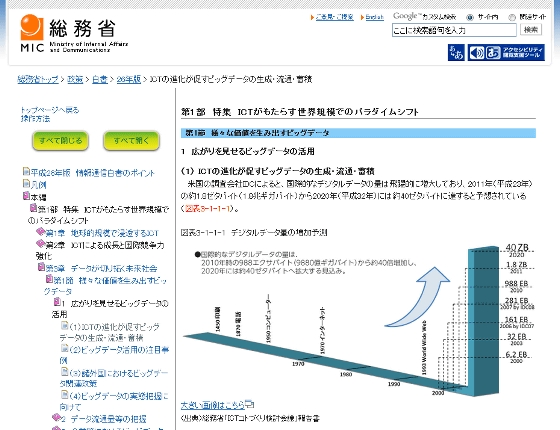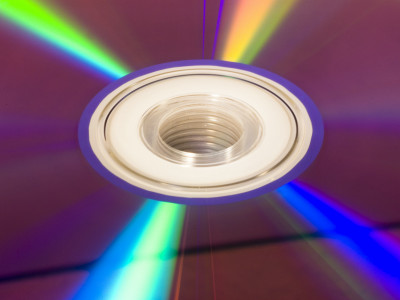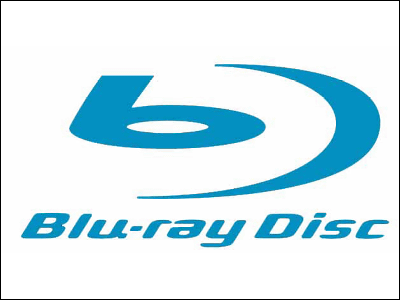Microsoft invests in "DNA memory" technology that stores 1 billion terabytes = 1 zetabyte of data in 1 gram DNA

ByStuart Caie
All creatures haveDNAScientifically synthesize the very large amount of data in a very small amount of tissue "DNA memory"Companies developing technology"Twist BioscienceIt was announced that Microsoft agreed to invest funds and build a research system. This effort is seen as a technology development that solves storage problems that preserve digital data that continues to increase at a rapid pace.
Twist Bioscience Announces Microsoft Purchase of its Synthetic DNA for Digital Data Storage Research - Twist Bioscience
https://www.twistbioscience.com/press/twist-bioscience-announces-microsoft-purchase-of-its-synthetic-dna-for-digital-data-storage-research/
Microsoft buys DNA from Twist Bioscience - Business Insider
http://www.businessinsider.com/microsoft-buys-dna-from-twist-bioscience-2016-4
Twist Bioscience is a local time on April 27, 2016, Microsoft said "OligonucleotideAnnounced that it has reached an agreement to purchase 10 million individuals for digital data encoding technology development. This oligonucleotide is an individual having a long structure, and by incorporating the digital data converted by a special algorithm into the base sequence, data can be stored for a long time.
As already known, DNA is a substance with a double helix structure in which the "design map" necessary for the birth, growth and survival of living organisms is written, but when this is said to put it another way, the "data" necessary for life It can be said that it is a "storage (data storage device)" that life has cultivated to store. Research is being conducted to use DNA as a storage for digital data by scientists who have focused on this research, and four bases of adenine (A), guanine (G), cytosine (C), thymine (T) By successfully using it, it has already succeeded to write "0 and 1" digital data to DNA.
Twist Bioscience's press release can also read the details about DNA memory.
Could DNA Super-Charge the Digital Revolution? - Twist Bioscience
https://www.twistbioscience.com/could-dna-super-charge-the-digital-revolution/

In this way, storage using DNA can achieve extremely high data capacity, and it is thought that it has a retention life that is different from conventional storage equipment. The data capacity is that it will be able to store tremendous data of 1 billion Terabyte = 1 Zettabyte in just 1 gram of DNA. Also, as can be seen from the case where DNA is extracted from the fossil of the excavated animal, DNA can be stored for thousands of years if the preservation state is prepared. This can be said to be a storage medium with a very long life compared to the situation that the conventional hard disk is several years level, the data CD is decades - theoretically about 100 years.
We still need time before this technology actually appears in the world, but Twist Bioscience and Microsoft have already succeeded in reading and writing data with DNA memory. In 2013, a technology to embed MP3 data into DNA with a data density of 2.2 petabytes / 1 g was also developed.
MP3 files written as as DNA with storage density of 2.2 petabytes per gram | Ars Technica
http://arstechnica.com/science/2013/01/mp3-files-written-as-dna-with-storage-density-of-2-2-petabytes-per-gram/

According to the forecast of the American research company "IDC", it is predicted that the world digital data volume will expand to 40 Zettabytes by 2020, and when the era of Internet to Things (IoT) starts, One of the challenges is the development of technology that can cope with "data inflation" where data volume continues to increase at a pace.
Ministry of Internal Affairs and Communications | Heisei 26th edition of Information and Communication White Paper | Generation, distribution, accumulation of big data encouraged by ICT evolution
http://www.soumu.go.jp/johotsusintokei/whitepaper/ja/h26/html/nc131110.html

Related Posts:
in Science, Posted by darkhorse_log







